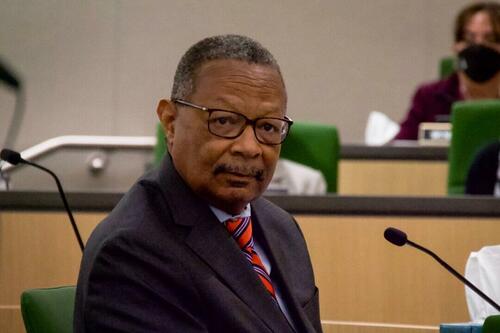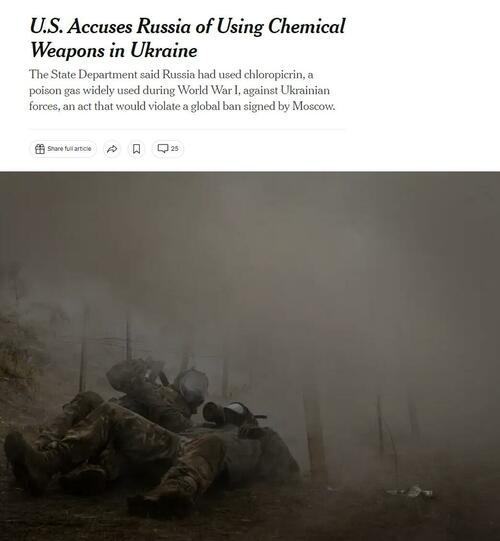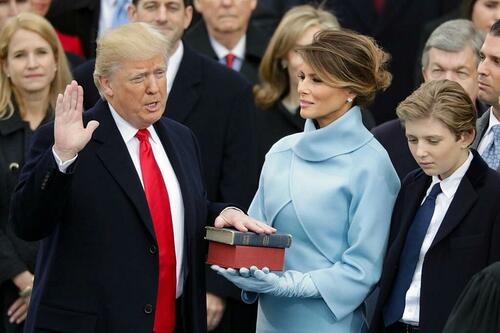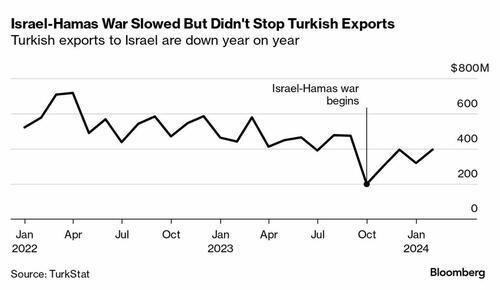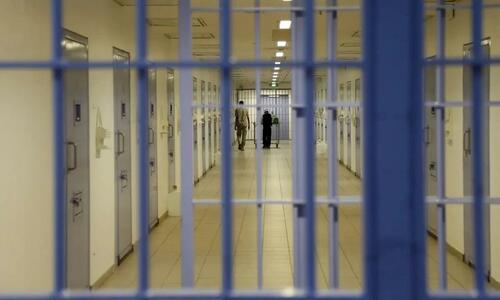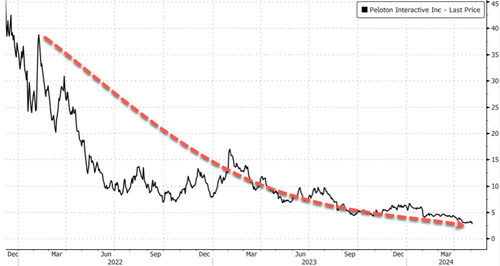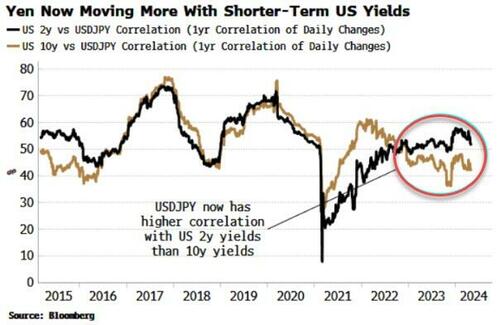Bill Advances Calling For California To Issue Formal Apology For Slavery
Authored by Travis Gillmore via The Epoch Times,
The California Assembly’s Appropriations Committee approved a bill May 1 which would require the state to issue an apology for its role in perpetuating harm related to slavery.
Assembly Bill 3089, introduced by Assemblyman Reginald Jones-Sawyer, would declare California recognizes and accepts responsibility for “atrocities” it and its representatives committed as well as any entities under its control who promoted, facilitated, enforced, and permitted the institution of chattel slavery.
The bill would also require the Legislature to draft and have signed by officials a document of recognition and apology to be stored in the state archives for the public to review at will, in addition to creating a memorial plaque to be hung in the Capitol.
The author celebrated the bill’s progress after the hearing.
“California moves one step closer to having a formal apology for its role in allowing Jim Crow racists laws as a part of its history of oppression towards the African American community,” Mr. Jones-Sawyer told the Epoch Times by email.
“I am grateful to the members of the appropriations committee for their due diligence and recognition of the importance of AB 3089.”
He said the measure is crucial to overcome the state’s past faults.
“AB 3089 represents the first effort to heal and accept the wrongs of our state’s past,” Mr. Jones-Sawyer said.
“Knowing that laws aimed at suppressing the economic, academic, civil, and human rights of a specific community were purposeful, and effective, we can now work to ensure equitable measurers are put forth to quash the effects of those former laws.”
He suggested the impact of discriminatory behavior is negatively affecting millions of Californians.
“Since its inception, every branch of California Government has knowingly and intentionally perpetuated the harms of human enslavement and its lasting effects on Black Californians,” Mr. Jones-Sawyer said in the bill’s Legislative analyses.
“Despite small moments of positive confrontation of these harms, these infrequent moments are vastly overshadowed by the repeated negative impact of state-sanctioned violence.”
Countering critics who point to California having never been a slave state, the author said the state was free in name only.
“Despite having joined the Union as a free state, California has contradicted its pledge time after time,” Mr. Jones-Sawyer said.
“If we are to maintain the positive momentum toward truth and reconciliation, this apology and the small plaque shows the world that we honor our commitment to rectifying past wrongs.”
Included in the official apology would be a recognition that racial prejudice, segregation, discrimination, and inequitable access to state and federal funding caused African Americans to be harmed and a promise such would never happen again.
Yusef Miller speaks in support of Assembly Bill 3089 at the Assembly’s Appropriations Committee on May 1, 2024. (Travis Gillmore/The Epoch Times)
The apology is the first of a series of recommendations from the state’s Task Force to Study and Develop Reparation Proposals for African Americans, established in 2020 by the passage of Assembly Bill 3121.
After meeting for more than two years, the task force published more than 100 recommendations last year in a document containing more than 1,000 pages of historical research and included suggestions for cash payments for five types of discrimination—ultimately totaling more than $1 million per eligible person if approved by the Legislature.
While recommending formal apologies, the task force noted that such alone is inadequate, though a necessary first step.
Californians are wary of supporting cash payments, according to a Berkeley Intergovernmental Studies poll from late last year that showed most respondents disapproved. Additionally, others have expressed concern that the state’s estimated $73 billion budget deficit leaves little room for providing cash reparations.
One supporter in attendance at the appropriations hearing agreed a formal apology is needed and said that more must be done.
“This is an important first step, one of many, and we need many steps and pushing from many pressure points,” Yusef Miller, representing Clean Earth for Kids and the North County Equity and Justice Coalition, told The Epoch Times after the hearing. “To get everyone on board, it’s going to take education, and once everyone understands what it really looks like, their opposition may go away and fizzle out.”
He said the bill is vital to correcting historical wrongs while educating the public about what he described as the long-lasting impacts of slavery.
“AB 3089 is extremely important because the legacy of harm to people of African descent in California has gone undereducated and uninformed, and people just don’t know and don’t realize the continuous impact on the African American community,” Mr. Miller said.
“That impact has lasted from the 1850s all the way up until 2024.”
One organization in support of the bill said California can lead the nation if it chooses to abide by the task force’s recommendations.
“California has an opportunity to be the first State in the nation to finally formally recognize and acknowledge the atrocities caused by its role in U.S. chattel slavery and its vestiges,” the Alliance for Reparations, Reconciliation, and Truth said in Legislative analyses.
“[This is] an opportunity to affirm the State of California’s role in protecting the descendants of enslaved people as well as the civil, political, and socio-cultural rights of Black Californians, particularly during a time when the rights of minority and traditionally underrepresented groups are being targeted, attacked, and devalued.”
Another group in support said the safety and dignity of current and future generations can be protected by the bill.
“The passage of AB 3089 will not only provide a formal acknowledgment and apology for California’s historical involvement in forced human enslavement but will also affirm the state’s commitment to remediation and non-repetition of such atrocities,” the California Black Chamber of Commerce said in Legislative analyses. “The provision for permanent public access to the apology in the California State Capitol complex and the California State Archives ensures that this acknowledgment is preserved for future generations.”
No groups or individuals were listed in committee analyses in opposition, and no opposing testimony was provided at hearings.
After clearing the 15-member appropriations meeting, the measure will next be considered by the Assembly in the coming weeks.
Tyler Durden
Thu, 05/02/2024 – 15:35
via ZeroHedge News https://ift.tt/zHCqDNY Tyler Durden
